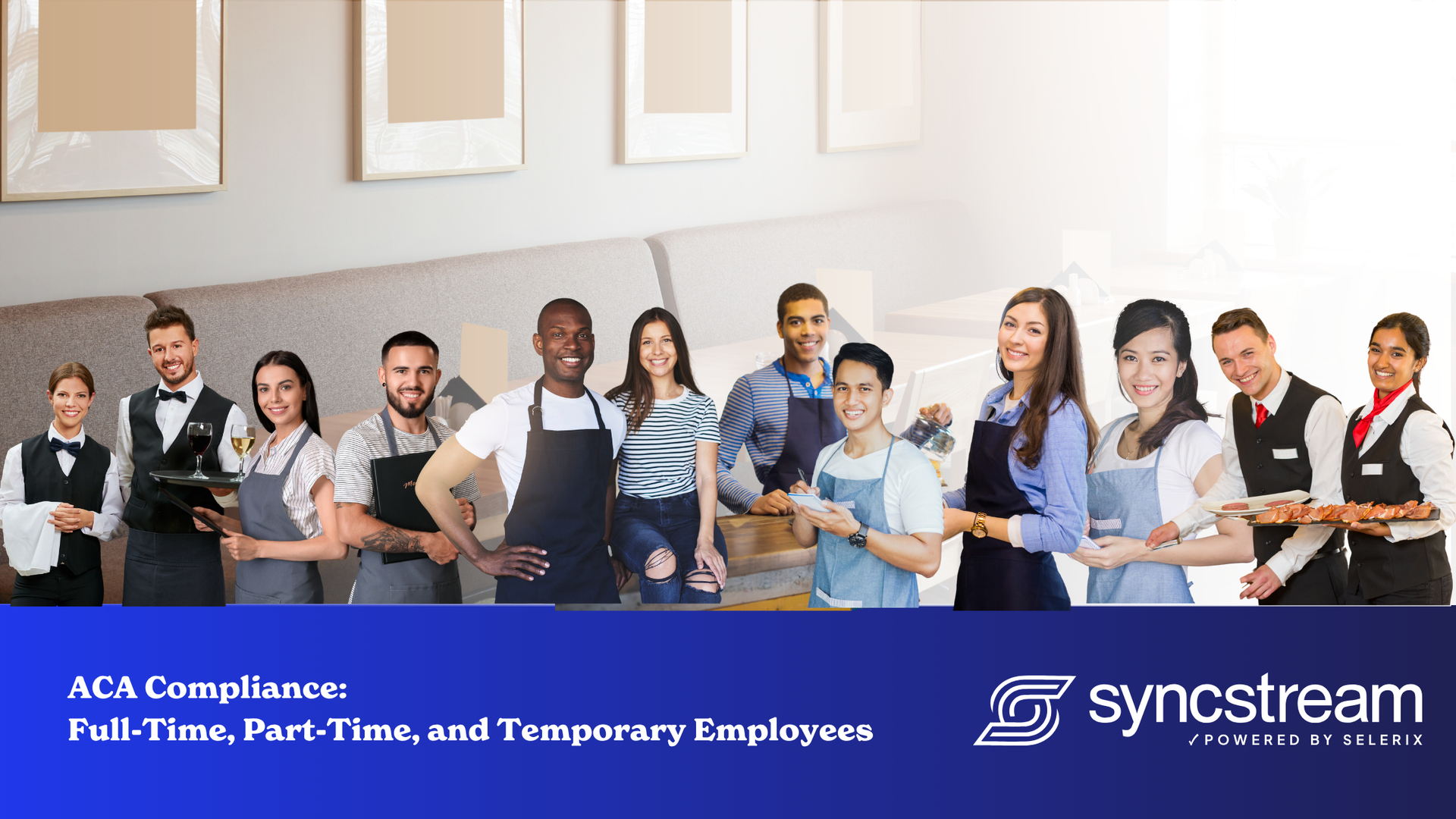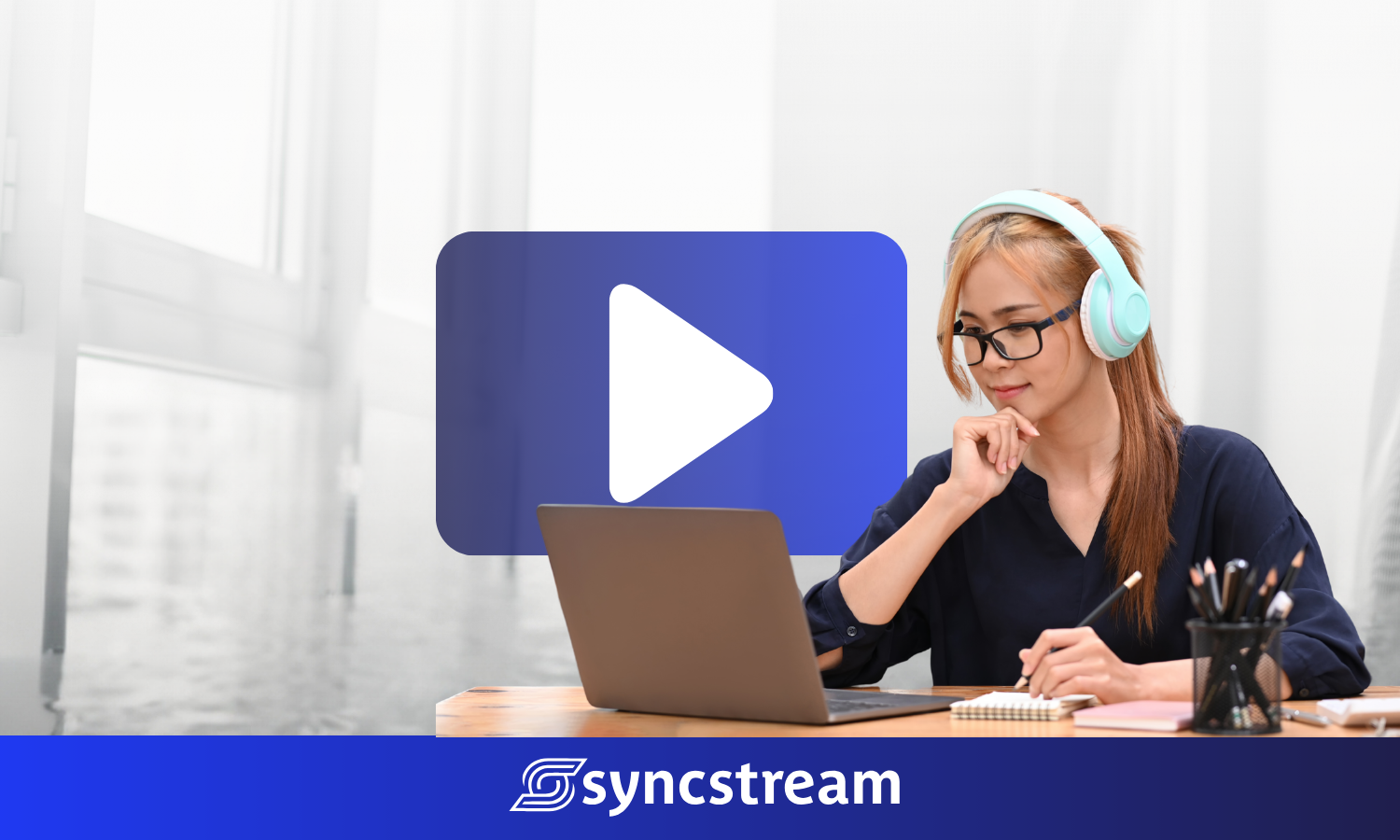Affordable Care Act’s 1094 & 1095 Forms: Review for the 2022 Reporting Year
Review for the 2022 Reporting Year

Purpose of Form
The Affordable Care Act (ACA) requires applicable large employers (ALEs), insurers, and other parties to report certain information to the Internal Revenue Service (IRS) about health insurance coverage provided to individuals. The ACA information returns are used to ensure that individuals have qualifying health coverage that meets the requirements of minimum essential coverage and minimum value and remains affordable based on the IRS guidelines for that reporting year.
These ACA information returns allow the IRS to enforce the ACA's individual and employer mandates. The 1094 form reports the summary of offerings provided by the Marketplace, insurer, or employer. It also summarizes the transmittal of the 1095 forms, which accompany form 1094 when filed with the IRS and individual states as required.
The 1095 form reports the employee’s specific situation regarding their healthcare by month for the reporting year providing individuals with information about their healthcare coverage, which they may need to complete their tax returns. This form is distributed to the individual and filed with the IRS and individual states as required. The forms and processes to distribute to employees or file to the IRS for the 2022 reporting year remain the same.
Who reports the forms?
The 1094 and 1095 forms have three series: A, B, and C. The series determines the reporter of the forms as described below:
Series “A” is reported by the Health Insurance Marketplace, providing information about the coverage they provide to individuals elected through the Marketplace. The Marketplace files the A series.
Series “B” is reported by insurers, self-insured employers, or government agencies providing information about the coverage they provide to individuals during the reporting tax year. The insurance provider files the B series.
Series “C” is reported by Applicable Large Employers (ALEs) providing information about the health insurance coverage they offer to their full-time employees and their dependents under the ACA's Employer Shared Responsibility provision, also known as the employer mandate.
A closer look at the 1094-C and 1095-C forms
Form 1094-C is a tax form used by large employers to report information to the Internal Revenue Service (IRS) about their compliance with the Affordable Care Act's Employer Mandate. Non-compliance with the Employer Mandate results in the penalty known as the Employer Shared Responsibility Payment (ESRP).
Form 1094-C consists of several parts, including:
- Part I: Applicable Large Employer Member (ALE Member) - This section includes the ALE’s name, address, Employer Identification Number (EIN), and person to contact. This section also provides the number of Forms 1095-C submitted with the transmittal and if this report being filed is the authoritative transmittal for the ALE member. If the employer were a designated government entity, their information would be supplied starting in box 9.
- Part II: ALE Member Information - This section includes the number of Forms 1095-C filed by or on behalf of the ALE member. It indicates if the ALE is a member of an aggregated ALE group, if they have certifications of eligibility, and provides the ALE’s signature line.
- Part III: ALE Member Information-Monthly - This section includes information about the health insurance coverage offered to the employer's full-time employees. Section (a) indicates the months during which the ALE met minimum essential coverage, which means they offered to 95% of their full-time employees. Section “b” provides the 4980H full-time employee count, whereas section “c” provides the total employee count of the ALE member. Section “d” indicates if the ALE was part of an aggregated group that month, and section “e” is reserved and not used for the 2022 year.
- Part IV: Other ALE Members of Aggregated ALE Group - This section lists the names and EINs of the ALE members of the aggregated group. This list should be by the employee count size, listing the ALE members from largest to smallest.
Form 1095-C is a tax form used by large employers to report information about the individual employee’s health insurance coverage. Employers must report the health coverage they offer to their full-time employees and dependents under the Affordable Care Act’s (ACA) Employer Mandate. Non-compliance with the Employer Mandate results in the penalty known as the Employer Shared Responsibility Payment (ESRP).
Form 1095-C consists of several parts, including:
- Part I:
Employee
- This section includes the employee’s name, address, and social security number, as well as the employer's name, address, contact telephone number, and Employer Identification Number (EIN).
- Part II:
Employee Offer and Coverage - This section includes information about the health insurance coverage offered to the employee by the employer, including the months offered, if it was waived or elected, and the lowest cost premium for self-only coverage. Part II also states the employee’s age as of the 1st of the reporting year, the plan’s start month, and the zip code of the employee or employer. The information is provided using codes provided by the IRS.
- Part III: Covered Individuals - This section includes information about the employee's enrollment in the employer's health insurance plan and lists the employee’s dependent’s name, social security number, and date of birth, and marks the months they were enrolled in coverage.
Annual Changes to Affordability
Although there are no significant changes to the forms or the process to distribute to employees or file to the IRS for the 2022 reporting year, the affordability thresholds change annually. The 2022 reporting year affordability safe harbor limits, set by the IRS, state that the employee-only cost is affordable if the Federal Poverty Level safe harbor is equal to or less than $103.15 per month for employee-only coverage.
The Federal Poverty Level safe harbor is the most used safe harbor method. It allows an employer to meet the IRS' affordability requirements for all employees by offering one plan with employee-only contributions at or below the annual requirements. Employers could also provide an affordable plan if the employee-only cost does not exceed 9.61% of the employee’s wage calculated against that employee's W-2 box-1 or Rate of Pay.
The US Census Bureau uses the pre-tax income to measure poverty. The Federal Register by the Department of Health and Human Services (HHS) uses that information to determine the federal poverty level.
Conclusion
The Employer Shared Responsibility Provision provides very detailed instruction leaving little room for interpretation. An employer is responsible for knowing the type of health insurance plans they offer, whether they are an applicable large employer, and what steps, data, and calculations are needed to populate Forms 1094 and 1095 and report timely.
The Good Faith Effort Relief ended with the 2020 reporting year, and the IRS continues to emphasize that there is no statute of limitations on assessing a penalty.
The Inflation Reduction Act of 2022 is a 10-year plan that funds the IRS with 87 billion dollars for improvements in their services and technology, which will likely result in stricter adherence to compliance requirements.
It's important to note that the ACA's Individual mandate no longer has a penalty as of the tax year 2020, but individual states may still assess a fine (currently CA, D.C., NJ, RI, MA, and VT). Non-compliance is not an option.
Are you confident in the accuracy of your current and past year’s ACA reporting? SyncStream removes the burden of ACA compliance and provides penalty risks and suggested corrections to reduce your company’s risk of high IRS fines and penalties. Subject matter experts utilize SyncStream’s user-friendly compliance software to track employee hours, auto-populate forms, audit forms, and e-file for thousands of ALEs. SyncStream’s Full Service Total ACA solution can simplify your ACA compliance needs.




